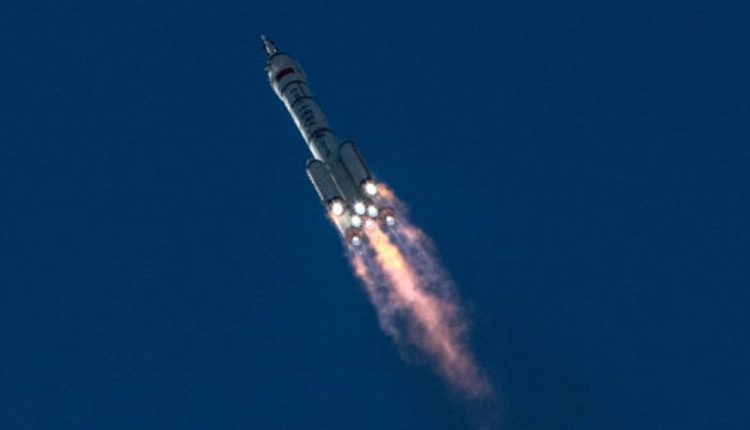
A stunning turn of events occurred when rocket debris from China’s latest satellite launch unexpectedly descended in flames close to inhabited areas. Witnesses recorded the occurrence on camera.
The China National Space Administration (CNSA) had launched two satellites into orbit as part of its Beidou Navigation Satellite System, a counterpart to North America’s GPS system. However, the aftermath saw the Long March 3B rocket’s side boosters falling back to Earth and landing in South China’s Guangxi region.
Concerns Rise Over Inhabited Areas’ Safety
The launch occurred on Monday, December 25, at 10:26 p.m. EST from the Xichang Satellite Launch Center in Sichuan province. While the satellites successfully reached medium Earth orbit (MEO), the descent of the rocket’s side boosters posed a potential threat as they touched down near inhabited areas.
SpaceNews.com reported the presence of reddish-brown gas or smoke, indicative of nitrogen tetroxide, in the aftermath. Additionally, a yellowish gas, possibly resulting from unsymmetrical dimethylhydrazine (UDMH) fuel mixing with air, was observed. Both nitrogen tetroxide and UDMH fuel are known to pose serious health risks.
This incident echoes a troubling pattern as it’s not the first time rocket boosters associated with Beidou satellite launches have fallen near populated regions. In 2019, a booster from a Beidou satellite launch destroyed a home after re-entering Earth.
Read more: NASA Takes On The ‘God Of Chaos’: Mission Launched To Intercept Near-Earth Asteroid
China’s Satellite Triumph Marred by Rocket Booster Drama

China has faced criticism for its handling of rocket debris, especially following launches of the heavy Long March 5 rocket, which has been allowed to fall back to Earth naturally, contributing to space debris. Unlike coastal launch sites, China’s inland launch sites increase the likelihood of rocket debris landing in populated areas.
Despite the risks, China continues to maintain inland launch sites for certain rocket launches. Public notices and evacuations are typically issued in advance to warn residents about the potential dangers associated with falling rocket debris.
The recently launched Beidou satellites, the 57th and 58th in the series, are intended as backups, minimizing operational risks to the Beidou-3 system.
This system encompasses satellites in various orbits, including MEO, geostationary Earth orbit (GEO), and inclined geosynchronous orbit (IGSO), ensuring continuous and stable signal coverage for China’s global navigation systems.
As the nation pursues its space exploration endeavors, incidents like these underscore the importance of balancing technological advancements with robust safety measures.
Read more: NASA Achieves Milestone With Deep Space Cat Video Livestream

